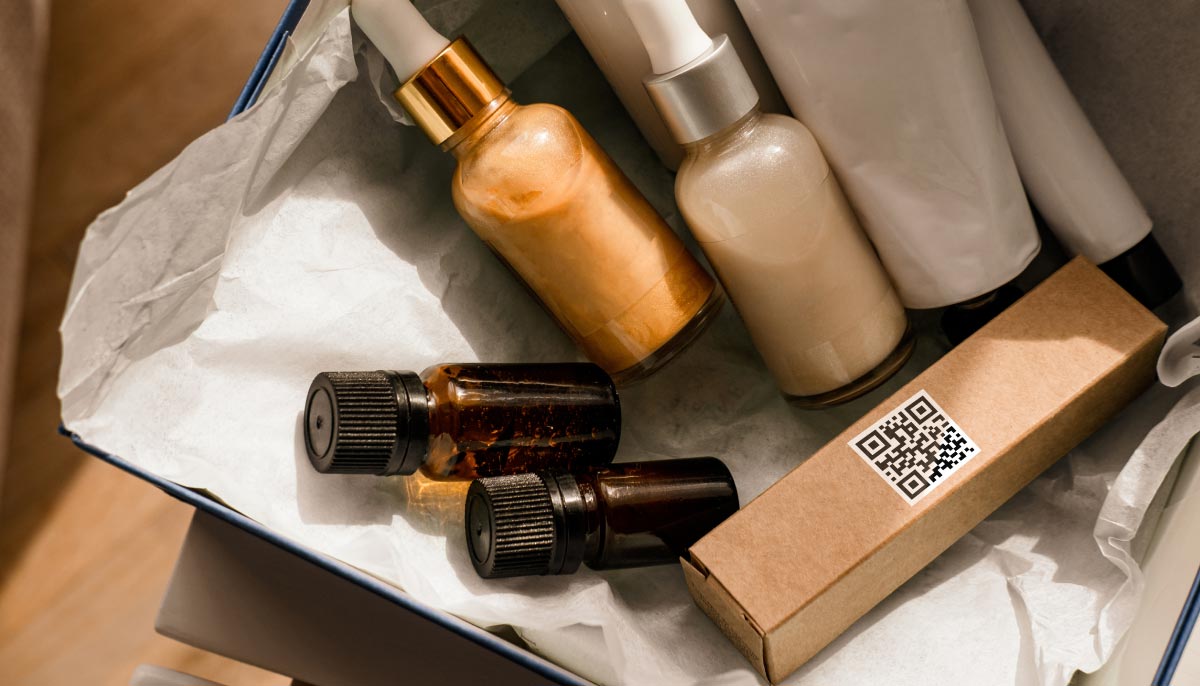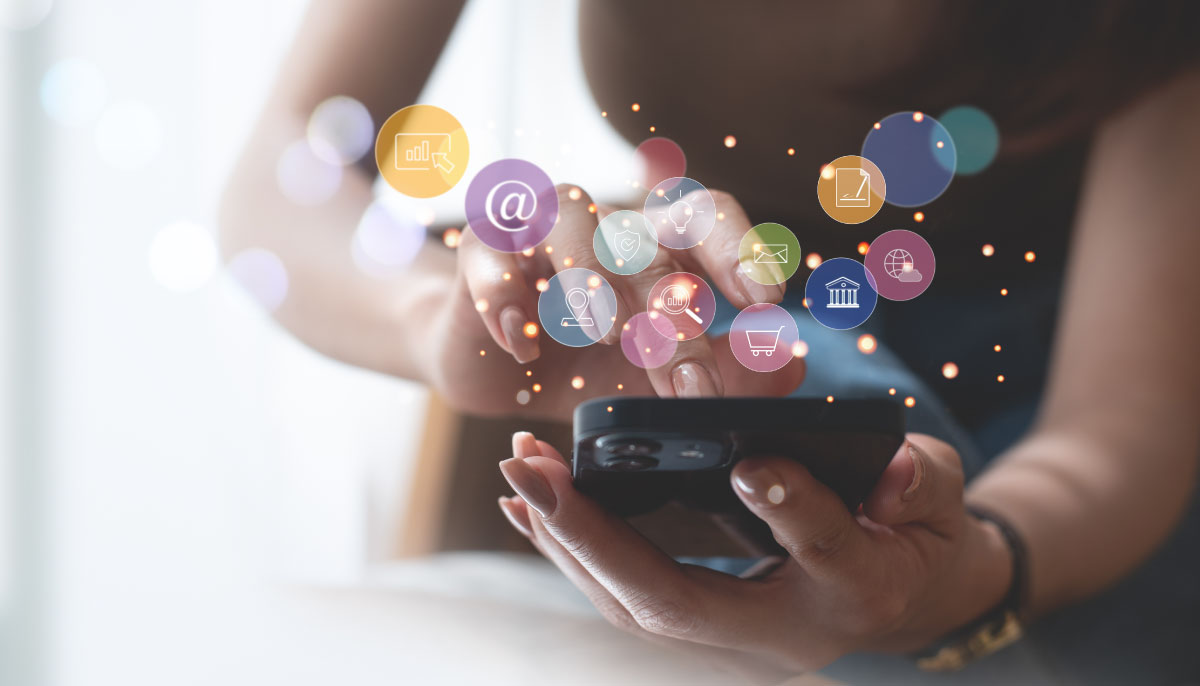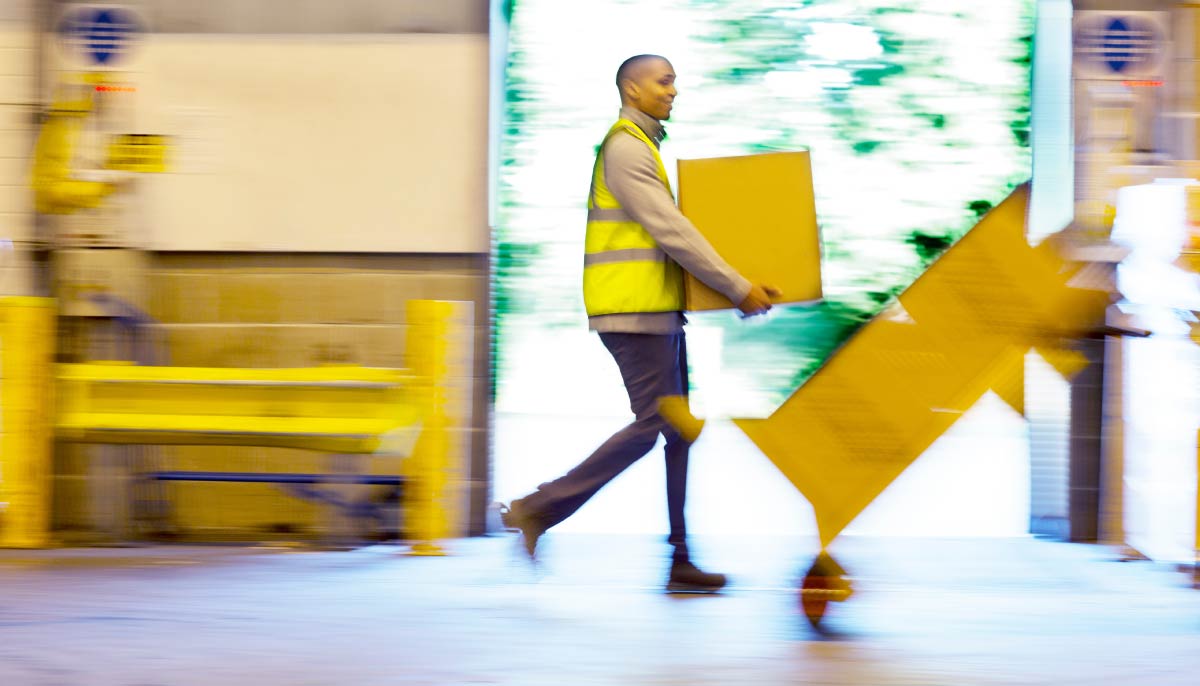
Unboxing Experience: How QR Codes are Accelerating Digital-First Retail
In recent years, unboxing videos have grown from an internet fad to a powerful eCommerce marketing tool. As a staple of YouTube and TikTok, unboxing videos have become core content for these channels with no signs of slowing down.
The videos’ popularity springs from the combination of mystery, discovery and delight that come from engaging with merchandise for the first time, whether on video or in real life.
What’s this got to do with QR codes?
The unboxing phenomenon has made plain that people’s first moments with a new online purchase is a heightened experience. A QR (which stands for “quick response”) code included with an online order delivery lands at a peak moment when the customer first has hands-on experience with the item and brand they have only experienced virtually up to this point. With the recent reliance on QR codes during the pandemic as a “touchless” way to exchange information, anyone with a smartphone knows how to engage with the code when they see it.
This means brands now have almost limitless new ways to add value to the purchase, drive additional sales, and build enduring brand loyalty. For omnichannel retailers, the codes can even be a bridge between online and in-store experiences.
Adding value with QR Codes
Including a QR code within a package adds value in a range of ways.
- The biggest win-win is using QR codes to link the customer to an orientation on how to set up or use the product. This delivers a cleaner, more satisfying user experience that has the virtue of reducing support costs or eliminating returns, thereby actually lowering total product costs.
- QR codes can drive customers back to more information about the product that might otherwise require additional enclosures. These can include the unique properties of the materials used in the product or how they are sourced, care instructions, or the story of the brand itself.
- QR-initiated product registration simplifies the process and increases the likelihood that buyers will provide their contact information for re-marketing.
- QR codes can encourage buyers to leave a review of the product, and invite them to receive notifications or updates regarding their purchase.
- Unique to luxury brands prone to counterfeiting, QR codes can “certify” the authenticity of merchandise. In addition to helping protect the brand, QR code product authentication allows consumers to participate in that defense. In effect, they become more invested in the brand’s value.
Driving more business
The obvious play is to draw buyers back to the website for more shopping. The more relevant the link, the better, like accessorizing clothing or technology purchases that complement a shopper’s latest order.
Retailers are also incentivizing customers by linking to coupons, promoting sales events, or creating easy activation of loyalty programs through QR codes. If the code is specific to the individual purchase, the brand can drive an exceptional level of personalization to build customer loyalty.
For fast-moving consumer goods or CPG products, QR codes can trigger a subscription or replenishment schedule. This opportunity arrives at the ideal time, when buyers are engaged with the product, and adds another form of personalization by empowering the customer to manage their schedule.
Omnichannel merchants with brick-and-mortar as well as online stores can cross-promote via QR codes. This can work in both directions, driving online buyers into the store, as well as sending walk-in traffic back to the website upon their return home. The very fact that a merchant occupies more than one dimension of a customer’s life is the foundation required to build a powerful relationship with a brand.
Enhancing the brand
Beyond any specific product, retailers need to connect consumers to their brands.
Social media is crucial for this, and QR codes can jump-start that interaction. Rather than simply “Follow us,” a brand can invite shoppers to share their experience with a product on social; in effect, becoming part of a user’s community. Or the code can link back to video demos from full-time influencers promoting the brand’s products.
If the brand offers a mobile app, a QR code is the perfect way to power downloads. If practical and desirable, the QR code can link back to unique brand experiences. For example, Amazon launched an augmented reality (AR) app powered by QR codes that brings printed objects on its delivery boxes to life.
With retailers becoming more digitally savvy and increasingly prioritizing the use of digital connections back to their operations, QR codes are now recognized as a short-cut return path for eCommerce and omnichannel buyers. Let QR codes play an active role for your brand right out of the box.


